
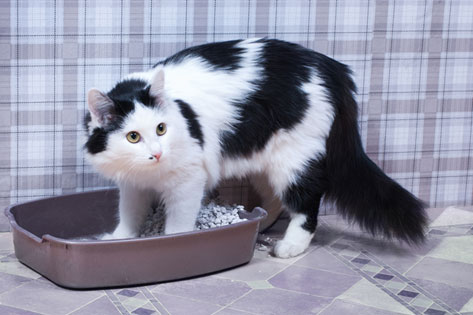
By Lorie Huston, DVM
Feline lower urinary tract disease (FLUTD) is commonly diagnosed in the cat and can have a number of different causes. Previously referred to as feline urologic syndrome (FUS), feline lower urinary tract disease involves, as the name implies, the structures that make up the lower portion of the urinary tract. These structures include the urinary bladder and the urethra (the tube that carries urine from the bladder to the outside of the body).
Unfortunately, urinary tract disease often leads to inappropriate urination, or urinating outside of the litter box. Urinating outside of the litter box is not always a medical issue but, either way, not using the litter box is one of the most common reasons cats are relinquished to animal shelters. Many of these cats are euthanized in shelters as a result of being unable to place them in an appropriate home.
Potential causes of lower urinary tract disease in cats include:
Interstitial cystitis is a disease of exclusion. It is diagnosed by ruling out other potential causes of urinary tract disease. This form of urinary tract disease is believed to be related to stress. It causes inflammatory changes within the bladder and results in the same types of symptoms seen with other forms of lower urinary tract disease. Many veterinarians believe that interstitial cystitis is actually only the most easily recognized abnormality caused by stress in cats and that the disease is actually a systemic disease affecting more than simply the urinary tract.
Urethral obstruction is the most serious form of urinary tract disease. Urethral obstructions almost always occur in male cats because the urethra in the male cat is much narrower than that of the female cat. Female cats rarely develop urethral obstructions and, when they do, the cause is usually a tumor or other space-occupying mass that obstructs the urethra. In the male, small bladder stones often cause an obstruction as they pass out of the bladder and through the urethra. Plugs can also occur in the male cat causing an obstruction.
Cats that are obstructed are unable to urinate. Normal healthy cats rid themselves of their body’s waste products through their urine. Obstructed cats are unable to get rid of these waste products. They become toxic very quickly as the waste products begin to accumulate in the bloodstream. These cats essentially end up poisoning themselves with their own body waste as a result of their inability to urinate.
The symptoms of urinary tract disease include:
Cats that suffer from a urethral obstruction will actually be unable to urinate. Symptoms may appear similar, with frequent attempts to urinate, straining, and pain. As the disease progresses, the cat will begin to vomit and will become very depressed and lethargic. If not treated, urethral obstructions are usually fatal.
If your cat is exhibiting symptoms of urinary tract disease or you suspect something is wrong, you should schedule an appointment with your veterinarian. If your male cat is not urinating, the situation is an emergency and your cat needs veterinary care immediately.
Treatment of urinary tract disease depends to some extent on the cause of the disease:
Preventing urinary tract disease is not always possible. However, encouraging water consumption, environmental enrichment, and proper litter box care can help. If your veterinarian recommends a therapeutic diet for your cat, you should continue with the diet unless your veterinarian indicates otherwise. Do not change your cat’s diet or stop the therapeutic diet without consulting with your veterinarian first.
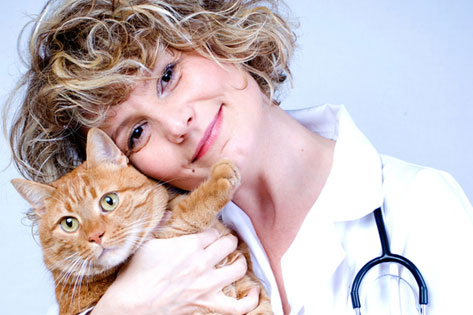 The Healthy Ways Vets Take Care of Their Pets
By Jessica Remitz
Just like every other pet owner
The Healthy Ways Vets Take Care of Their Pets
By Jessica Remitz
Just like every other pet owner
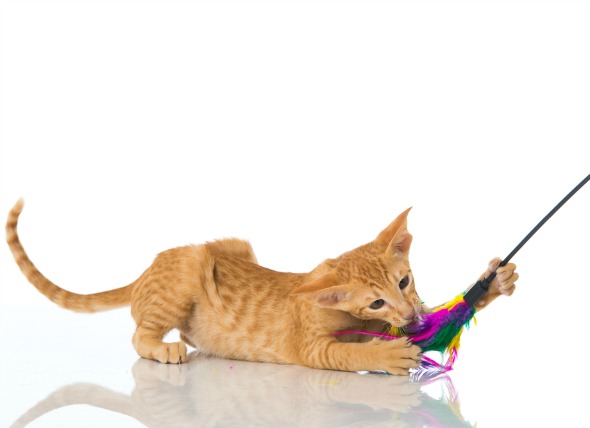 Kitten Checklist: Getting off to a Great Start
Buying the Right Kitten Supplies
By Jessica Vogel
Kitten Checklist: Getting off to a Great Start
Buying the Right Kitten Supplies
By Jessica Vogel
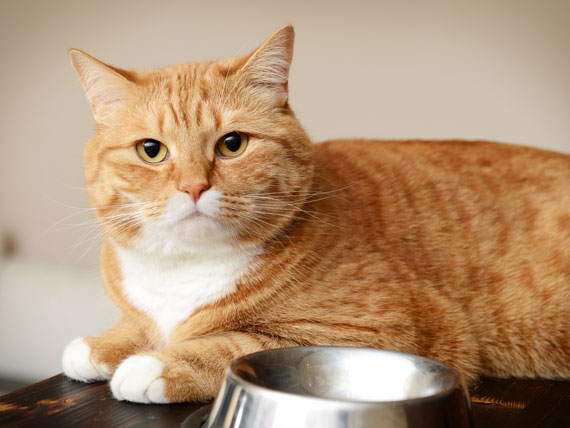 Why Grain Free Cat Food May Not Always Be the Best Choice
How to Know if Your Pet Needs Gluten or Grain
Why Grain Free Cat Food May Not Always Be the Best Choice
How to Know if Your Pet Needs Gluten or Grain
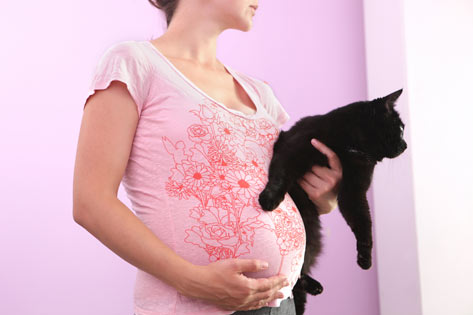 Pregnancy and Cat Litter, Feces
Tips to Prevent Issues with Toxoplasmosis
&nbs
Pregnancy and Cat Litter, Feces
Tips to Prevent Issues with Toxoplasmosis
&nbs
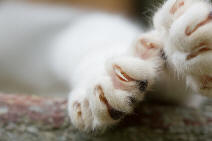 Declawing A Cat
Declawing A Cat What is declawing? Also known as onychecto
Declawing A Cat
Declawing A Cat What is declawing? Also known as onychecto
Copyright © 2005-2016 Pet Information All Rights Reserved
Contact us: www162date@outlook.com